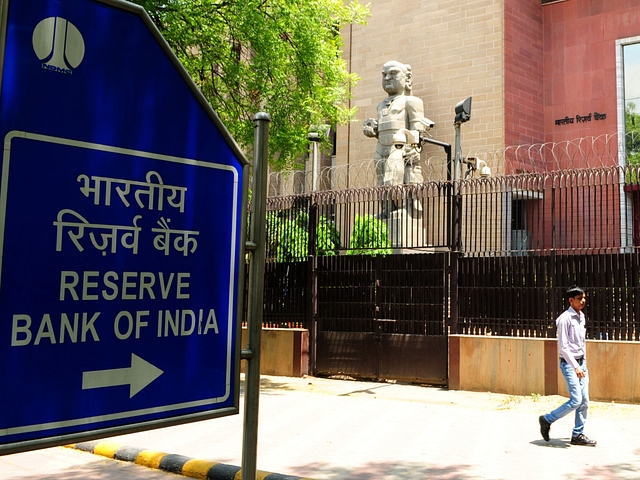
MPC Member Dholakia Breaks Ranks, Explains Why RBI Inflation Estimates Are Going Wrong
The MPC mandate should be changed, and so should the RBI’s way of forecasting inflation using an outdated CPI, with 2011-12 as base.
One of the great delusions entertained by monetary authorities everywhere, and particularly in India, is that they can forecast the course of future inflation. In India, the Reserve Bank of India (RBI) expects to do this by partly looking in the rear view mirror (the trend in the consumer price index) and by asking ordinary people through survey questionnaires what their inflation expectations are over the next quarter or a year.
Little wonder, the Monetary Policy Committee (MPC) and the RBI have got their inflation estimates completely wrong for the last two years. With actual inflation well within the mandated range of 2-6 per cent, this will probably be read as a triumph of monetary policy when it is nothing of the kind.
Even a cursory look at the Consumer Prices Index (CPI) weightage of food and beverages and fuel and light should tell us that inflation is difficult to predict. The weight of food and beverages plus fuel in the CPI is a high 62 per cent for rural areas, 42 per cent for urban areas, and 52 per cent for the rural and urban indices combined.
If food prices are going to be determined by the monsoon and MSPs, and fuel by the next Opec meeting and global growth trends, Brent crude can go all the way from under $50 a barrel in mid-2017 to over $85 this October, and back again to $62 by end-November. The biggest weighted items in the CPI can be volatile – and often unpredictable.
One MPC member, Ravindra Dholakia, who has been an eternal dove by recommending lower interest rates in most meetings of the committee, has now flagged a more serious flaw in the CPI. The CPI the MPC looks at is the combined rural and urban price indices.
In an article in the Economic & Political Weekly (read here, but it may be paywalled), Dholakia points out that the combined CPI is based on giving a fixed weightage to the rural and urban CPIs, when in reality the shares of rural and urban consumer spends may be changing all the time. It is also certain that India is urbanising fast, and this means that if the rural CPI is an overestimate, the overall inflation estimate based on fixed proportions of the rural and urban CPIs in the combined index will be wrong.
Dholakia writes: “(A) fixed base weight index for measuring inflation is not the best practice. Most of the developed nations follow the practice of changing the base of the index almost every year.”
Dholakia also had a beef about how the RBI accounts for the impact of HRA paid out by the Centre and states for their own staff after pay commission-related revisions. The Central Statistics Office (CSO) computes the housing part of the CPI, which is more than 10 per cent in terms of weightage in the index, mostly through the calculation of rentals. Rental costs are estimated based on actual rents paid out in an urban sample, or the market rent assumed for owner-occupied properties. In the case of government employees who are provided accommodation, the notional rent of their dwelling is calculated, and this inflates the housing part of the index. Clearly, the HRA component in government staff pay distorts the CPI.
The third beef Dholakia has with the RBI’s inflation estimates is its survey of inflationary expectations in urban areas. He points out that while around 5,000 consumers are surveyed on their inflation expectations across 18 cities and towns, business expectations on inflation are not covered. He compares the RBI’s consistently high tabulation of 8-9 per cent consumer inflation expectation with an IIM Ahmedabad survey among businesses, which show inflation expectations in the range of 3.5-5 per cent.
From Dholakia’s observations, it is clear that we simply do not have the right data and tools to have a realistic crack at estimating inflation. It is thus worth asking: was the government right to give the MPC an inflation target of 4 per cent (in a band of plus or minus two per cent), when there is no way of predicting its short- to medium-term direction in the Indian situation?
The MPC mandate should be changed, and so should the RBI’s way of forecasting inflation using an outdated CPI, with 2011-12 as base.